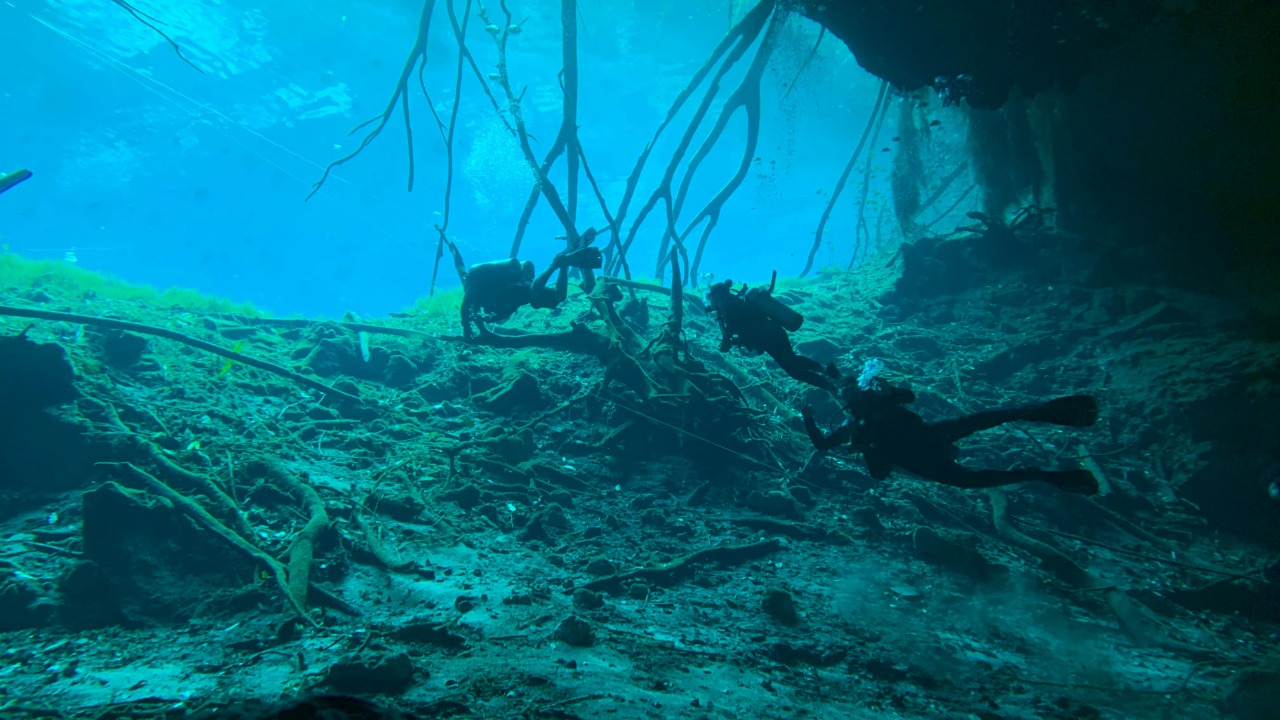
Recent findings have unveiled an ancient underwater monument off the coast of Japan, dating back to the last ice age. This discovery, part of a growing list of submerged structures worldwide, offers a fascinating glimpse into prehistoric human activity in now-submerged coastal regions.
Discovery in Japanese Waters
The underwater monument was discovered in the depths of the ocean, off the coast of Japan. Its structure, a testament to the architectural prowess of ancient civilizations, has been preserved remarkably well, considering its estimated age dating back to the last ice age. The 2025 exploration that led to this discovery was made possible through the use of advanced diving and surveying equipment, which allowed the divers to reveal the site without causing any disturbance to its structure.
These advanced technologies have been instrumental in uncovering such underwater marvels, providing us with a unique opportunity to delve into our past. The monument’s discovery, as reported by The Brighter Side, is a significant addition to the growing list of underwater archaeological finds.
Historical Significance of the Find
The monument provides compelling evidence of human settlements in Japan during the last ice age. It also contributes to our understanding of ancient coastal civilizations, many of which are now submerged due to rising sea levels post-ice age. The monument’s cultural implications, as interpreted by archaeologists, suggest a rich and complex society that thrived in these coastal regions.
These findings not only shed light on the history of human civilization in Japan but also provide a broader perspective on the patterns of human settlement and adaptation in response to climatic changes.
Comparison to Other Underwater Discoveries
The Japanese monument is not an isolated find. In recent years, several underwater cities have been discovered around the world, such as those in the Mediterranean and off the coast of India. These revelations, many of which have come to light in the past decade through improved technology, provide a fascinating glimpse into our past.
These underwater sites, as highlighted by Love Exploring, share common themes, such as how post-glacial flooding preserved these sites, providing us with a unique window into ancient civilizations.
Challenges in Underwater Exploration
Underwater exploration is fraught with logistical difficulties. Divers face challenges such as depth, visibility, and preservation concerns, particularly in Japanese waters. The preservation techniques applied immediately after the discovery of the monument were crucial in protecting it from damage.
Environmental factors, such as currents and marine life, also complicated the 2025 uncovering process. Despite these challenges, the successful discovery of the monument is a testament to the resilience and ingenuity of the exploration team.
Implications for Archaeology and Climate Science
The discovery of the Japanese monument has significant implications for both archaeology and climate science. It informs theories on prehistoric migration and adaptation during the last ice age, providing tangible evidence of human activity during this period.
Moreover, the find links to climate change studies, showing how sea level rise submerged such structures globally. This discovery underscores the need for future excavations and international collaboration in studying similar underwater sites, which could provide further insights into our past and inform our understanding of climate change impacts.
Public and Scientific Reactions
The 2025 Japan discovery has sparked both media coverage and public fascination, becoming part of emerging underwater heritage narratives. The scientific community has also reacted positively, noting how this discovery fits into the list of newly discovered submerged cities.
Looking forward, there is potential for educational outreach, such as virtual tours or exhibits, to share details of the monument with a wider audience. This would not only increase public awareness of our underwater heritage but also inspire future generations to explore and preserve these invaluable historical sites.